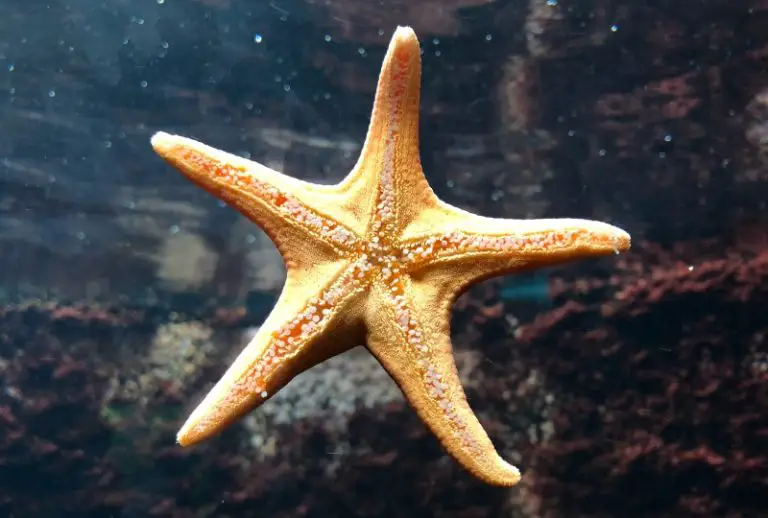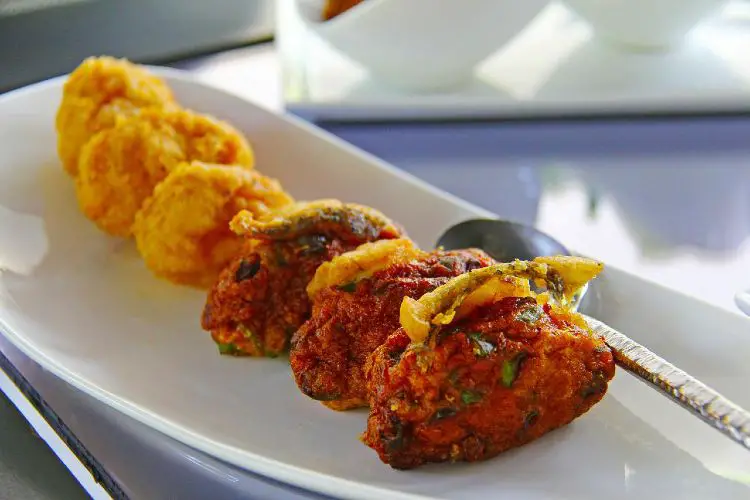Le Rucher des Alpilles – Tthe Brun family Honey from St. Remy en Provence
Walking past the different varieties of honey for sale at my weekly market in Provence, I saw jar labels showcasing “Miel de Chateigniers”, “Miel aux toutes fleurs” and “Miel de lavendes”. I would often ask myself how the beekeeper knew exactly from which flowers the bees had foraged their nectar and therefore be able to designate direct provenance to a lavender field, a wildflower field or chestnut tree flowers?
It was a question that had bothered me for a while and I decided to go and visit an apiary nearby to find out the answer.
Outside St Remy, on the road to Cavaillan, are the honey producers Monsieur Jean et Madame Maryse et fils Brun. It was the son Remi Brun who came out when I rang the bell and who agreed to show me around the large modern barn next to the family mas (farmhouse) where the honey processing takes place.
It didn’t take long for me to get the answer to my question. Remi explained to me that rather than letting the bees buzz around the countryside randomly dipping their proboscides into any flower they fancy (as I imagined they did) he and his father transport the beehives to locations when specific flowers are in bloom. So for instance in July they take the bees to the lavender fields below Mont Ventoux when the lavender is in bloom, or to the Camargue when the blackberries are in flower, or to the Garrigue, the hills nearby which are covered in scrub when the wild thyme, rosemary and sage is blossoming.
The hives are moved between three and four times a year and are transported at night under the cover of darkness so as not to stress the bees.
This wasn’t always the case, Remi told me, as up until the 1960’s the transhumance was not necessary as there were plenty of flowers growing in the Saint Remy area, but now the land is mainly used to cultivate vegetables and more farmers are cutting down their fruit orchards as fruit is produced more cheaply elsewhere. Since the 1970’s they have also had to deal with the added problem of pesticides that are used on the crops around their farm.
Jean tells me a story of how a neighbour of his decided to spray all his apple trees with insecticides one year as his daughter was getting married and they didn’t want any mosquitoes to ruin the wedding party. They killed the mosquitoes but also killed all the bees in the process. Now the Bruns take their hives mainly to national parks or to farms which they know are pesticide free.
The majority of French honey is produced from rape and sunflower crops, but the most sought after honey is the single blossom kind that the Brun family produces: the “premier cru” miel. Honey production has been in the Brun family for many generations and in the visitors’ room in the barn there are skep beehives, or ruches as they are called in French, that date back to the 1880s when their forefather, Étienne Brun, was already involved in apiculture.
At that time each region had its own style of skep beehive and the one on show was made with wood, straw, lime and earth. Another dating back to 1883 was just made of straw.
In earlier times the skep beehives had to be destroyed to extract the honey and the bee colony was killed along with the queen and her larvae. This meant that a new swarm had to be found in the spring. This was obviously not a very satisfactory system, and the methodology of apiculture all changed in the middle of the 19th century when the moveable honeycomb was invented.
This revolutionised beekeeping and was the basis of the beehives that are used today, made of wood and containing ‘drawers’ of empty frames in which the bees build their honeycombs. Once the frames are filled with honey they are taken from the hives and put into a centrifugal machine which extracts the honey from the wax. The empty frames are then cleaned and put back into the hive for the bees to replenish.
In late September, early October, only the bottom layer of the frames are put back into the hive and the honeycombs are left intact to sustain the bees during the winter months.
After the honey has been extracted from the comb it is filtered twice and is decanted into large drums where it is left for two to three months to settle and is then siphoned into jars ready to sell.
As I leave and thank Remi for his time and for helping me to clarify the answer to my question, he gives me a jar of honey collected from the wild flowers in Les Alpilles (the neighbouring hills) and says ‘You can also tell which plant the bees have got their nectar from by the taste, colour and smell of the honey, just like wine’.
Contact details
Rucher des Alpilles
Grande Draille Nord – La Galine
13210 Saint Remy de Provence
France
Tel: 08 99 10 29 09



